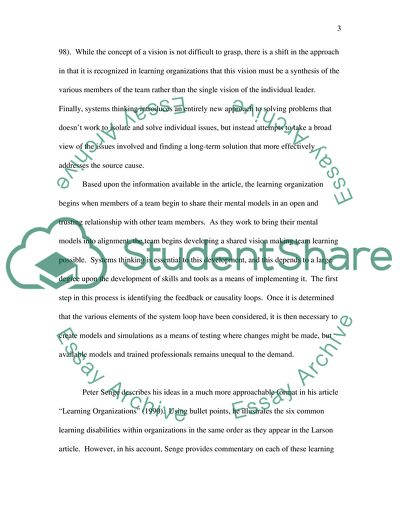Cite this document
(Various Learning Environments Essay Example | Topics and Well Written Essays - 2500 words, n.d.)
Various Learning Environments Essay Example | Topics and Well Written Essays - 2500 words. https://studentshare.org/education/1714435-analysis-of-learning-organization
Various Learning Environments Essay Example | Topics and Well Written Essays - 2500 words. https://studentshare.org/education/1714435-analysis-of-learning-organization
(Various Learning Environments Essay Example | Topics and Well Written Essays - 2500 Words)
Various Learning Environments Essay Example | Topics and Well Written Essays - 2500 Words. https://studentshare.org/education/1714435-analysis-of-learning-organization.
Various Learning Environments Essay Example | Topics and Well Written Essays - 2500 Words. https://studentshare.org/education/1714435-analysis-of-learning-organization.
“Various Learning Environments Essay Example | Topics and Well Written Essays - 2500 Words”. https://studentshare.org/education/1714435-analysis-of-learning-organization.


